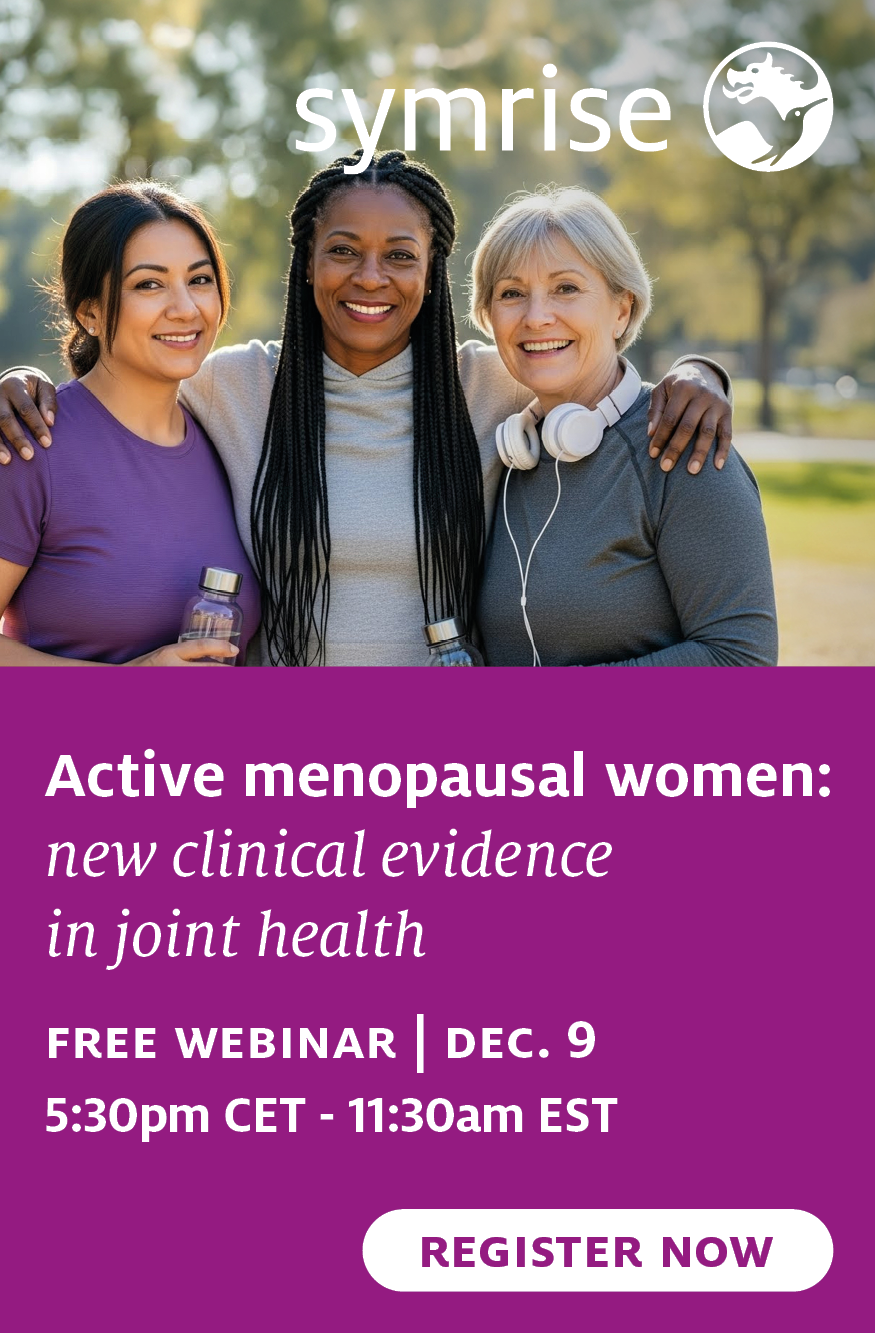Industry Issues Mixed Response to WHO Recommendations

06 Mar 2015 --- In response to the World Health Organisation’s (WHO) final guidance on sugar intakes, a number of industry bodies have recognised the need to exercise caution when looking at recommendations based on low-quality evidence.
WHO recommendations include reducing the intake of free sugars to less than 10% of total energy intake and suggests a further 'conditional recommendation' to reduce of the intake of free sugars to below 5% of total energy intake. These recommendations are based on dental health. The 5% recommendation is based on very low quality evidence which is why it is 'conditional'.
In the evidence base WHO considered, the association between free sugars intake and body weight is due to excess energy intake and not to a specific property of sugars.

According to BEUC, the European consumer rights group, in many EU countries populations’ intake exceeds the 10% limit. Europeans’ current sugar consumption varies from between 7 to 17% of their energy intake.
Monique Goyens, BEUC’s Director General, commented: “The WHO hammers that we still ingest too much sugar. Unfortunately, consumers have no idea of how much sugar they eat, most of it being hidden in processed foods and drinks, hard to spot on labels.
“One would never add 4 to 5 teaspoons of sugar to a cup of tea or coffee. But this could be the amount you can ingest by eating a single yoghurt.
“It is reassuring that the WHO has sugar overconsumption on its radar. We hope these guidelines will inspire the food industry to cut down sugar in their products and policy makers to take bold actions to tackle obesity and overweight, especially among children.”
Sugar producer Nordic Sugar believes that before a <5% value can be included in official recommendations, extensive debate must take place, as called for by WHO, especially because the data this value is based on, was deemed to be of very low quality by both WHO and the dental health review authors. In practice, such a threshold would be exceeded for instance with the drinking of a mere glass of orange juice. Consideration should therefore be made of the impact this would have on the public understanding of a balanced diet, as this could for example undermine and contradict healthy eating messages such as the “5-a-day” campaign.
Nordic Sugar reflects that the WHO review highlights the fact that obesity is an extremely complex and multidimensional problem, and preventing obesity requires the balance of managing calorie intake coming from all foods, including sugar, with energy expenditure. Therefore, simply advising an individual to decrease sugar intake without taking into account overall diets and other factors will not solve the current obesity problem.
It says that WHO recommendations notably have to be put in the context of each country’s food culture, which have an impact on individuals’ food patterns.
In regards to dental caries, WHO and OECD data shows that in Western countries, the trend of dental caries prevalence in children and adolescents has declined over the last 35-40 years while the average sucrose supply in these countries has remained constant. It is well established that the best way to reduce the risk of dental caries is to maintain good oral hygiene practices, including the use of fluoride toothpaste. The frequent consumption of fermentable carbohydrates, including sugars, has been linked to dental caries risk, but merely advising individuals to reduce their sugar intake without taking into account their overall oral hygiene and the frequency of consumption will not reach the sought goal to reducing caries occurrence.
Barbara Gallani, Director of Regulation, Science & Health at the Food and Drink Federation, said of the recommendations: “The WHO's final guidance to reduce daily intake of free sugars to less than 10% of total energy supports current UK policy. Where a conditional recommendation of a reduction to 5% of total energy is made, WHO is clear that this is based on very low quality evidence of sugar’s contribution to dental caries, not obesity nor associated disease. We know that consumers are exceeding government dietary recommendations for a number of nutrients, including sugars, salt and saturated fats, and not eating enough fibre and fruit and vegetables.
“For our part, food and drink manufacturers recognise that poor diets and low levels of physical activity can contribute to an imbalance between calories in and calories out, which if sustained can lead to weight gain and obesity. That's why companies are reducing calories in products where possible, by adapting recipes and offering a range of portion sizes, as well as cutting salt and fat and boosting fibre and micronutrients.
“The hysterical food and nutrition messages we are increasingly seeing peddled by a range of stakeholders often focus on individual nutrients and are rarely backed by robust or up-to-date science. These messages unfortunately are misleading, unhelpful and at the expense of the simple message of promoting a balanced diet within the context of a healthy lifestyle.”













